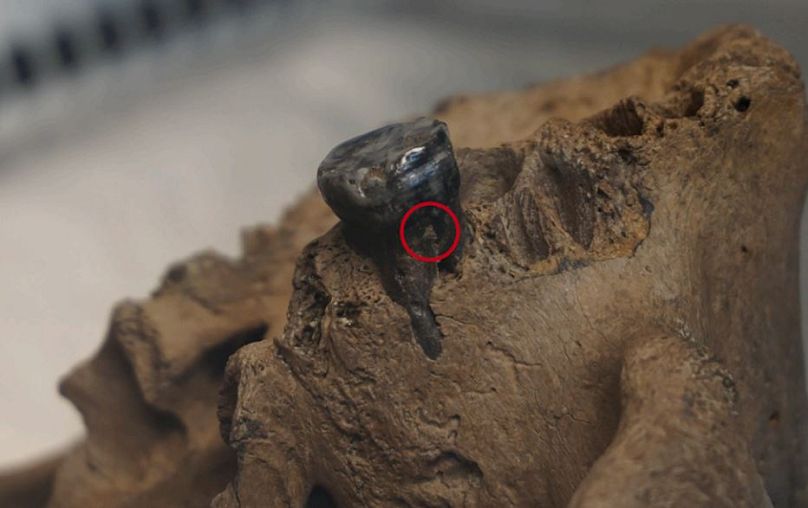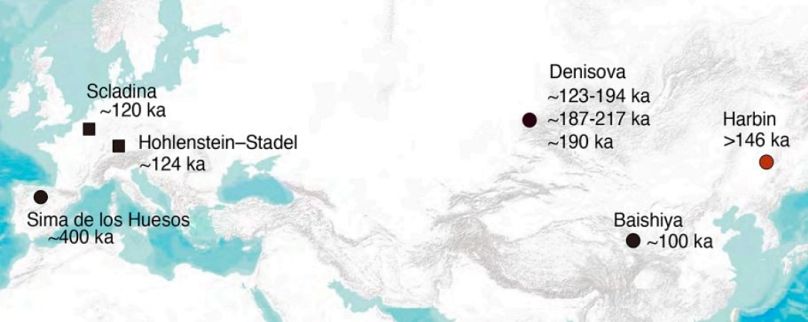It’s the end of a nearly 100-year-old mystery. Using DNA-analysis, scientists have identified an ancient human relative nicknamed “Dragon Man”, new research showed.
It all started with a 146,000-year-old skull found by a labourer in the northern Chinese city of Harbin in 1933.
The man left his treasure at the bottom of a well, where it remained hidden until his family uncovered the fossil in 2018 and donated it to science.
Experts initially failed to match the cranium with any known prehistoric human species.
In 2021, they dubbed the discovery Homo longi or “Dragon Man”, a name derived from from Heilongjiang, or Black Dragon River, the province where the it was found.
Now, scientists have managed to extract genetic material and proteins by scrapping tooth plaque from the fossil’s mouth, an unusual technique that proved successful.
The findings of the research were published in Cell and Science
Analysis confirmed the skull belongs to the Denisovans, an extinct species of archaic human beings found across Asia.
The species was first identified in 2010 thanks to DNA tests on small, fossilised bone fragments, but no complete Denisovan skull had ever been found.
The new discovery will make it easier for experts to identify further Denisovan fossils and seen the species finally assigned a scientific name. The new research might also give clues regarding the species’ appearance.
The Harbin skull is large, with strong and low brow ridges, similar to Neanderthals and modern humans.
Qiaomei Fu, a professor at the Institute of Paleontology and Palaeoanthropology in Beijing which led the new research wrote: “the finding that the human DNA of the Harbin specimen is better preserved in the dental calculus than in the dense bones, including the petrous bone, suggests that dental calculus may be a more valuable source for investigating DNA in Middle Pleistocene hominins.”







